How to Turn Your Home into a Health-Boosting Space
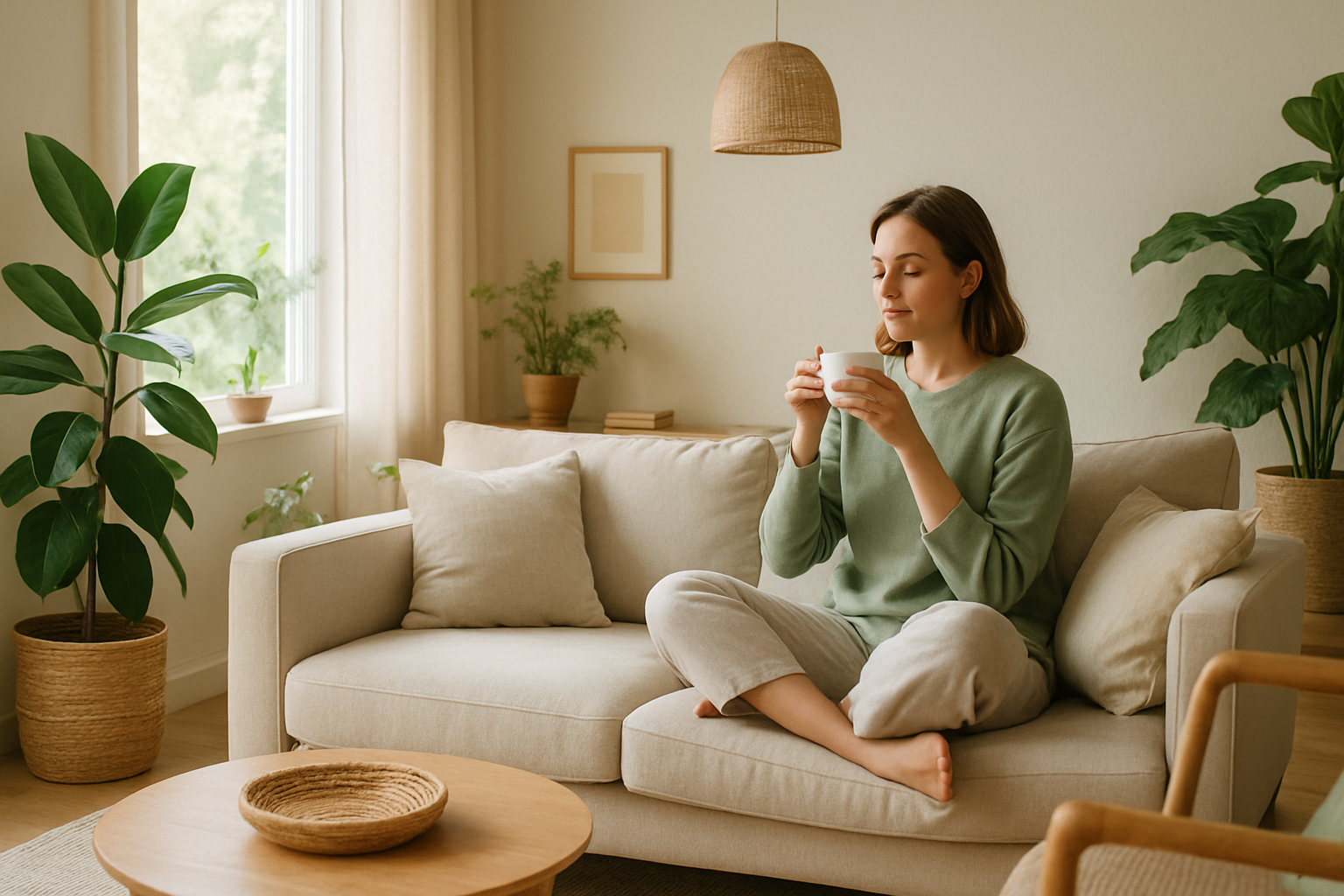
Do you ever feel tired, anxious, or unwell even after a full night’s sleep? The culprit might be hiding in plain sight: your home environment. While we often focus on diet, exercise, and sleep to improve our health, the spaces where we spend nearly 90% of our time play a crucial but underappreciated role in our overall wellbeing. Creating a truly healthy home isn’t just about cleanliness—it’s about designing a space that actively nourishes your physical, mental, and emotional health. The good news? You don’t need expensive renovations or complicated systems to transform your living space into a sanctuary that supports your wellbeing at every level.
What You’ll Learn About Creating a Health-Boosting Home
- 🌿 Natural methods to improve indoor air quality
- 🪴 Best plants that both purify air and reduce stress
- ☀️ How to optimize natural light for better mental health
- 💨 Proper ventilation techniques to maintain healthy airflow
- 🧘 Organization strategies that reduce anxiety and promote calm
Understanding How Your Home Affects Your Health
Your living environment affects virtually every aspect of your health in ways both obvious and subtle. Poor indoor air quality can trigger allergies, respiratory problems, and even long-term health issues. Insufficient natural light disrupts your circadian rhythm, potentially leading to sleep disorders, vitamin D deficiency, and mood disturbances. Improper ventilation traps pollutants and creates unhealthy moisture levels. Even clutter and disorganization can trigger stress responses that affect your immune system and mental wellbeing.
Dr. Joseph Allen, Director of Harvard’s Healthy Buildings program, explains: “The spaces where we live and work influence our health more directly than most people realize. Small changes to your indoor environment can yield significant improvements in cognitive function, sleep quality, and overall health.”
Breathing Easy: Improving Your Indoor Air Quality
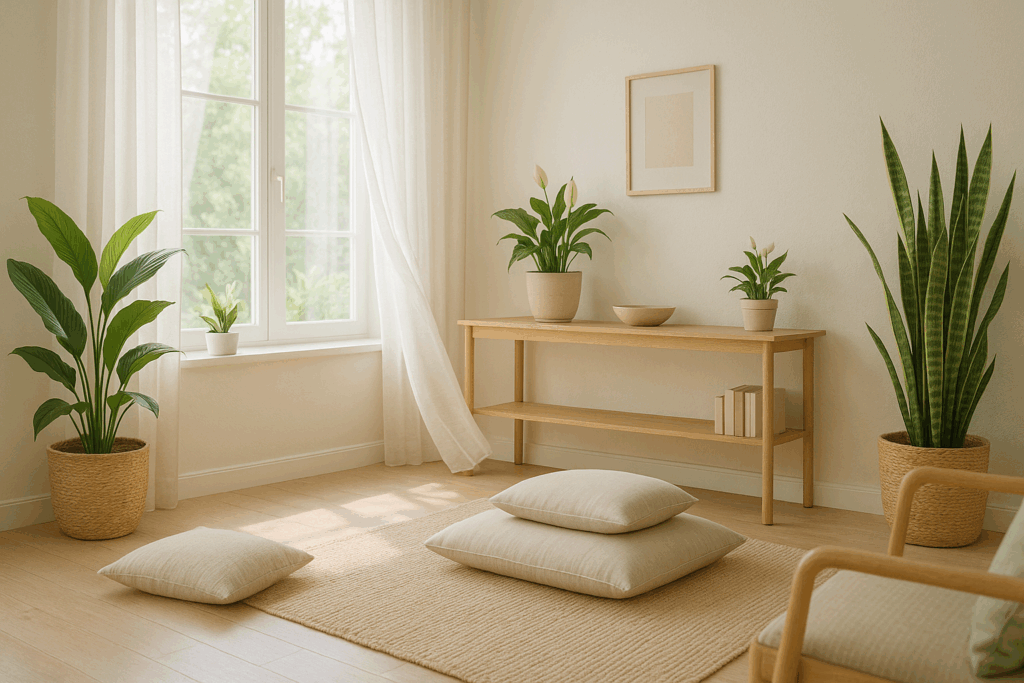
The average American home contains air that’s 2-5 times more polluted than outdoor air, according to the EPA. This invisible threat comes from multiple sources: cleaning products, furniture off-gassing, dust mites, pet dander, and everyday activities like cooking and cleaning.
Natural Air Purification Methods
Instead of relying solely on electronic air purifiers, consider these natural approaches:
- Remove shoes at the door to prevent tracking in outdoor pollutants
- Switch to non-toxic cleaning products free of harsh chemicals
- Regularly wash bedding in hot water to reduce dust mites
- Control humidity levels (aim for 30-50%) to prevent mold growth
- Use beeswax candles which can help neutralize airborne toxins
PRO TIP: Place activated charcoal bags in hidden corners of rooms to naturally absorb odors and toxins without introducing fragrance into your air.
For more detailed strategies, check out our companion article “[5 Natural Ways to Improve Indoor Air Quality]()” which provides a comprehensive approach to cleaner indoor air without relying on electronic devices.
Nature’s Air Purifiers: Plants That Clean Your Air and Calm Your Mind
Certain houseplants do double duty by filtering toxins from your air while also creating a connection to nature that reduces stress hormones. NASA research has identified several particularly effective species that remove common household toxins like formaldehyde, benzene, and trichloroethylene.
Best Multi-Benefit Plants for Your Home
| Plant | Air Purification | Stress Reduction | Care Level | Best Location |
|---|---|---|---|---|
| Snake Plant | Excellent | Moderate | Very Easy | Bedroom |
| Peace Lily | Excellent | High | Easy | Living Room |
| Spider Plant | Very Good | Moderate | Very Easy | Kitchen |
| English Ivy | Very Good | Moderate | Moderate | Bathroom |
| Rubber Plant | Good | High | Easy | Home Office |
“Living with plants doesn’t just clean your air—it fundamentally changes how you feel in your space,” notes environmental psychologist Dr. Sally Augustin. “Research shows even looking at plants for a few minutes can lower blood pressure and stress hormone levels.”
For specific placement strategies and care instructions, explore our detailed guide “[Best Air-Purifying Plants to Reduce Stress at Home]().”
Letting the Light In: How Natural Light Transforms Mental Health
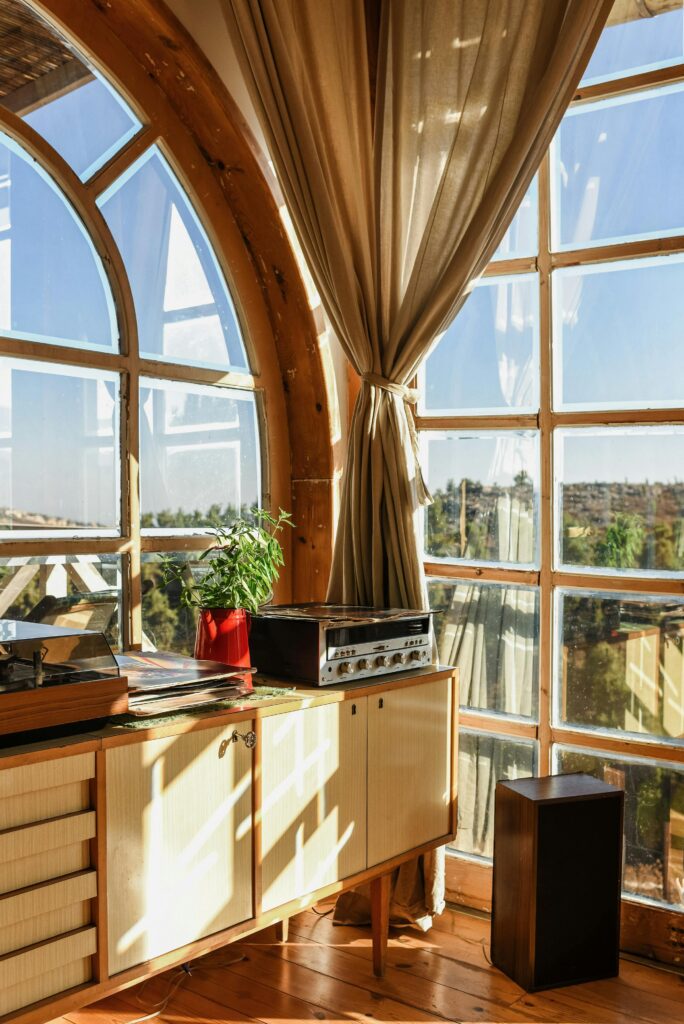
Sunlight is perhaps the most underutilized health resource in most homes. Natural light exposure stabilizes your circadian rhythm, triggers vitamin D production, improves mood, and even affects how well you sleep at night. Research published in the Journal of Environmental Psychology found that exposure to natural light improved mood and cognitive performance by 15% compared to artificial lighting alone.
Maximizing Natural Light in Your Home
- 🪟 Remove heavy window coverings or replace with light-filtering options
- 🪞 Position mirrors strategically to reflect light deeper into rooms
- 🛋️ Arrange furniture to avoid blocking windows
- 🎨 Choose light, reflective paint colors for walls
- 🧹 Clean windows regularly to maximize light transmission
For those with limited natural light access, consider full-spectrum light bulbs that mimic natural sunlight in areas where you spend the most time during daylight hours.
IMPORTANT: Morning light exposure is particularly beneficial for regulating your body’s internal clock. Try to spend at least 15-30 minutes in your brightest room within the first hour after waking.
Discover the fascinating science behind light exposure and practical solutions for every home in “[How Natural Light Affects Your Mental Health]().”
The Power of Fresh Air: Ventilation Strategies for a Healthier Home
Proper air circulation doesn’t just eliminate stale air—it reduces moisture, prevents mold growth, and sweeps away accumulated pollutants. Cross ventilation, which creates pathways for air to move through your home, is particularly effective at improving indoor air quality naturally.
Setting Up Effective Cross Ventilation
- Position fans to create airflow between opposite windows
- Keep interior doors open when possible to allow air movement
- Use ceiling fans to enhance air circulation (clockwise in winter, counterclockwise in summer)
- Create “pressure zones” by strategically opening specific windows based on wind direction
- Consider window placement when arranging furniture
Cross ventilation works with your home’s natural architecture to create airflow paths that refresh your indoor environment without energy-intensive systems. For seasonal strategies and specific techniques for different home layouts, read “[What Is Cross Ventilation and Why It Matters for Your Health]().”
Creating Calm Through Order: How Organization Affects Your Mental State

The connection between your physical space and mental wellbeing is well-established. Research from Princeton University’s Neuroscience Institute found that clutter competes for your attention, reducing your brain’s ability to focus and process information. This constant visual distraction triggers stress responses even when you’re not consciously aware of them.
Organization Strategies for Reducing Anxiety
- 📦 Start small: Begin with one drawer or surface rather than an entire room
- 🗄️ Create “homes” for items you use daily to reduce decision fatigue
- 🧹 Implement the one-touch rule: Handle mail and items only once before deciding their fate
- 🛏️ Prioritize bedroom organization for better sleep and morning calm
- 📱 Establish digital organization systems to reduce information overload
“The state of your home is often a reflection of your mental state, but it also works in reverse—organizing your environment can help organize your mind,” explains professional organizer Marie Johnson. “I’ve seen dramatic reductions in clients’ anxiety levels simply by creating logical systems that work with their natural habits.”
For room-by-room organization strategies specifically designed to reduce anxiety, explore our detailed guide “[How Home Organization Can Help Reduce Anxiety]().”
Your Healthy Home Action Plan: Putting It All Together
Creating a truly health-boosting home requires addressing multiple factors that work synergistically. Here’s a simple 30-day plan to transform your space:
Week 1: Air Quality Focus
- Remove one source of indoor pollution (switch one cleaning product)
- Add 1-2 air-purifying plants
- Establish a shoes-off policy
Week 2: Light Optimization
- Rearrange one room to maximize natural light
- Clean all windows
- Set a morning routine that includes light exposure
Week 3: Ventilation Improvement
- Map cross-ventilation opportunities in your home
- Create a seasonal ventilation schedule
- Clean all vents and filters
Week 4: Organization and Calm
- Declutter one problem area
- Create an organization system for daily items
- Establish one new habit that maintains order
Frequently Asked Questions
🏠 Do I need to make all these changes at once to see health benefits?
No! Even implementing one strategy from each category can yield noticeable improvements in how you feel at home. Start with the changes that seem most relevant to your specific situation.
💰 Is creating a health-boosting home expensive?
Many of the most effective strategies—like cross ventilation, decluttering, and maximizing natural light—cost nothing but a bit of time and attention. Others, like adding air-purifying plants, can be done gradually as your budget allows.
🏢 I live in an apartment with limited natural light. What can I do?
Focus on the strategies you can control: use full-spectrum light bulbs, maximize the light you do have with reflective surfaces, optimize your ventilation within constraints, and pay special attention to air-purifying plants and organization.
🧪 How do I know if these changes are actually improving my health?
Many people notice improvements in sleep quality, energy levels, and stress reduction within 2-3 weeks. Consider keeping a simple journal to track these factors, noting changes as you implement different strategies.
🔄 How often should I reassess my home environment?
Seasonal changes are perfect opportunities to reevaluate your home’s health impact, as light, ventilation needs, and indoor activities often shift with the seasons.
Your home should be your personal health sanctuary—a place that restores and revitalizes you. By making thoughtful adjustments to your air quality, light exposure, ventilation, and organization, you can transform your living space into an environment that actively supports your wellbeing at every level.
What aspect of creating a health-boosting home will you focus on first? Share your thoughts and experiences in the comments below!
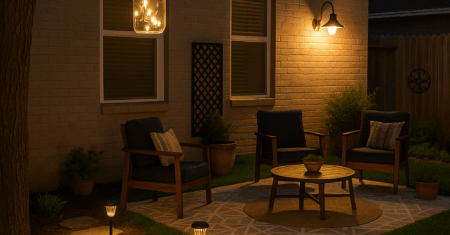
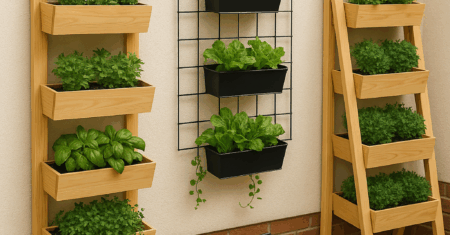
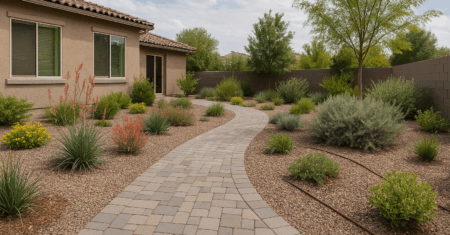
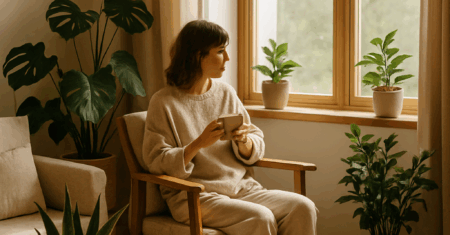
0 Comments